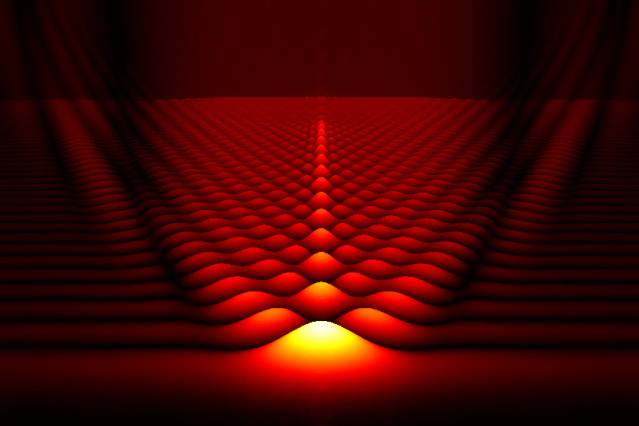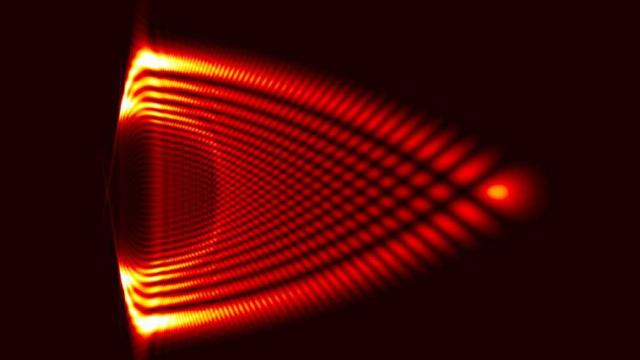At school, we all learned from Isaac Newton that no object can change its speed unless an external force acts upon it. For the most part he’s right — but now a team of physicists has demonstrated that sub-atomic particles could, in fact, accelerate themselves, without any force applied whatsoever.
A team of researchers from MIT and Israel’s Technion Institute of Technology have discovered that some subatomic particles can be induced to speed up all by themselves, almost to the speed of light. The finding is the result of a theoretical analysis, not experiments, but if correct it could change the way we think about the motion of fundamental particles.
The result is based on fresh analysis of the Dirac equations, which describe the relativistic behaviour of fundamental particles, like electrons, in terms of a wave structure. By fiddling with that wave structure — itself a quirk of quantum mechanics, the result of how particles can behave as if they’re waves — the team showed that it’s possible to imbue electrons with unusual and counterintuitive characteristics.

These characteristics could, according to the researchers, be forced upon the particles using something called a phase mask — used to create holograms by creating useful interference — but at a (really very) tiny scale. If that were possible, their models show, one of the new particle qualities would be the ability to “self-accelerate”, in a way that’s indistinguishable from how an electron would behave in a magnetic field.
But here’s the kind-of-caveat you’ve ben waiting for. The particle wouldn’t actually be violating the laws of physics, because actually the effect would also see the particle expanding in size as it moved. Ido Kamine, one of the researchers involved in the work, does a good job of explaining how this happens:
“The electron’s wave packet is not just accelerating, it’s also expanding. So there is some part of it that compensates. It’s referred to as the tail of the wave packet, and it will go backward, so the total momentum will be conserved. There is another part of the wave packet that is paying the price for the main part’s acceleration.”
In fact, this turns out to be a (potential) real-world example of Albert Einstein’s dilation of time and contraction of space effects, observed when approaching light speed. Which is great and all, but obviously raises the question: will we ever get to actually see it happen?
Perhaps as you’d expect, the next step for the researchers is to turn theory into practice. Working at MIT, the team is to use an electron microscope fitted with a specially designed phase mask, that produces 1000 times higher resolution than those used to create modern holograms. With that, they may just be able to accelerate an electron — without even doing anything to it. [Nature Physics]
Image show the spatial distribution of charge for an accelerating wave packet, representing an electron, as calculated by the researchers. Bright colours represent high charge levels.
